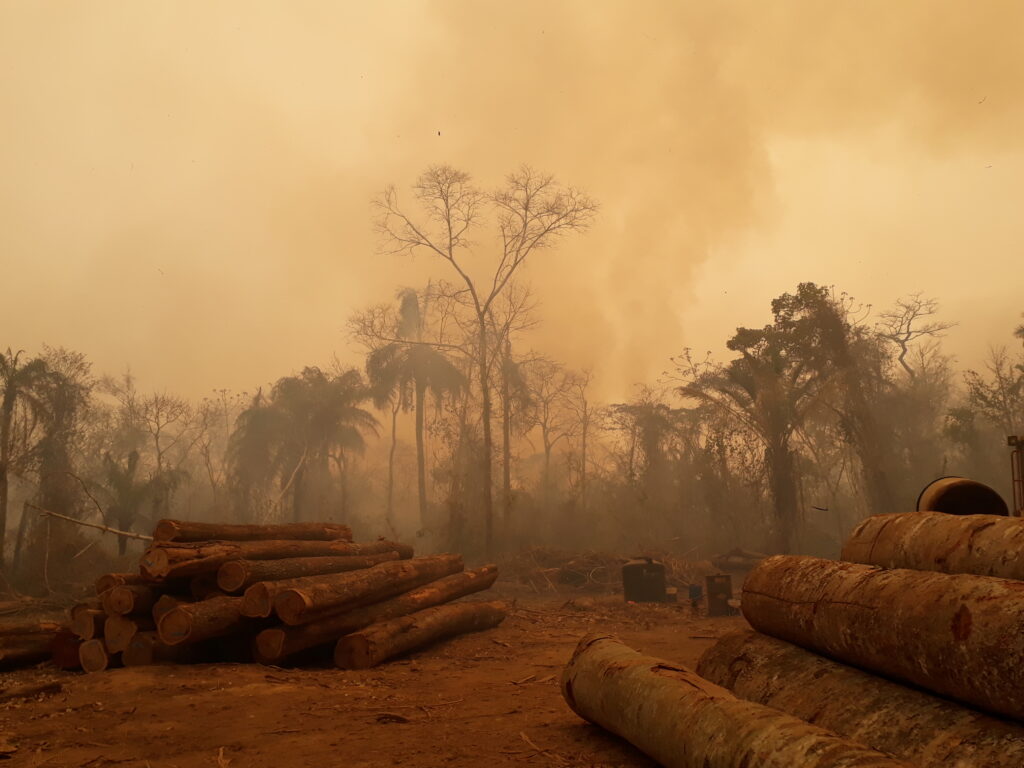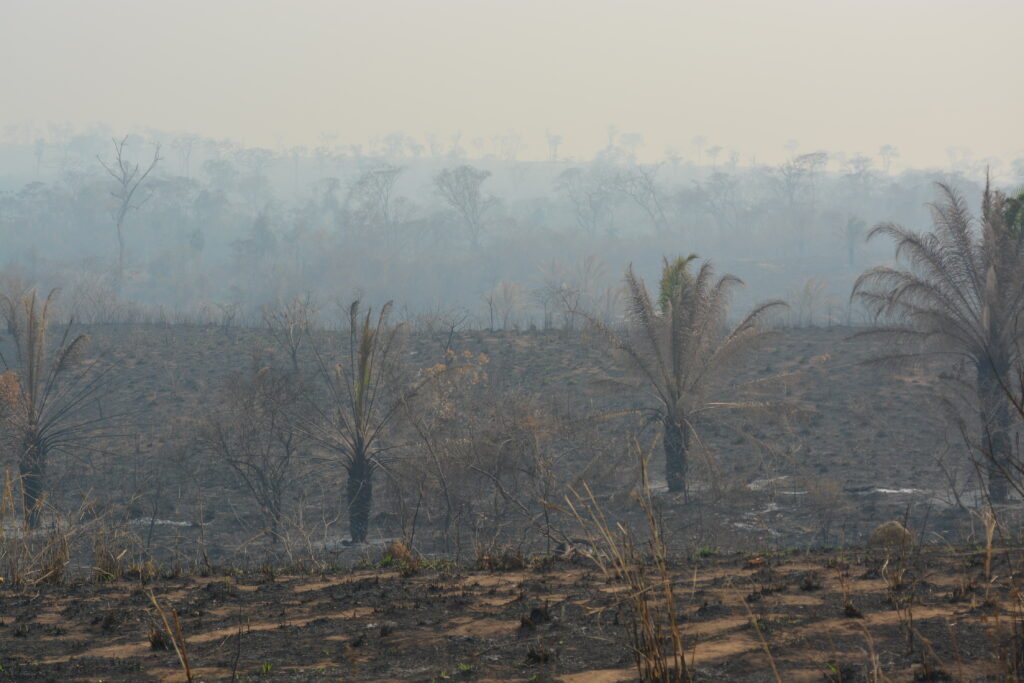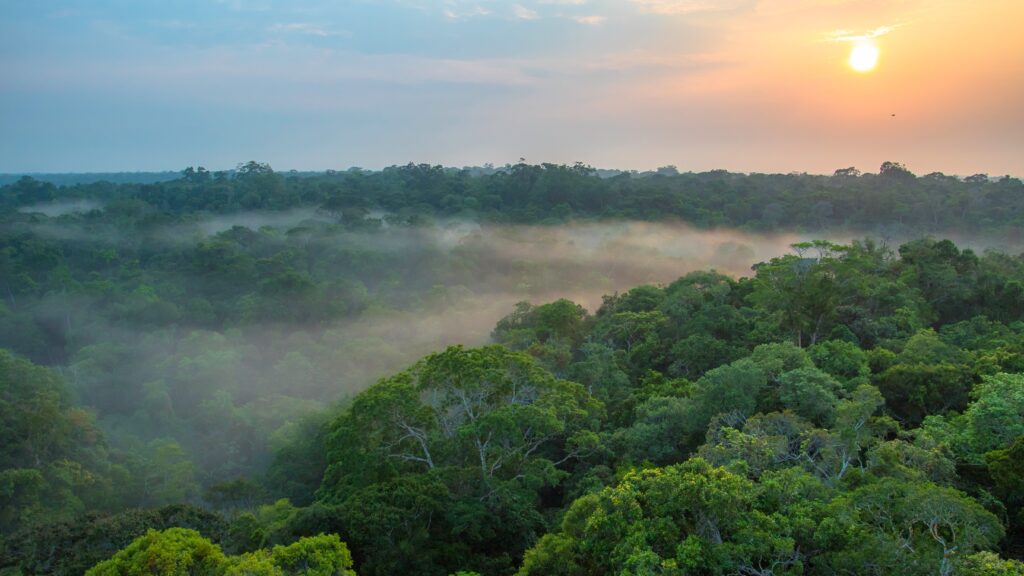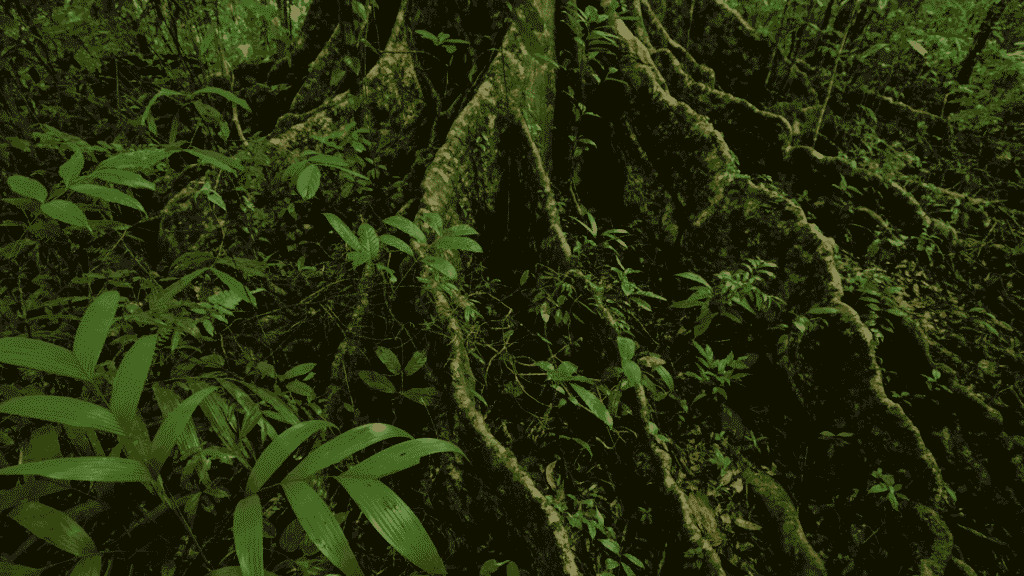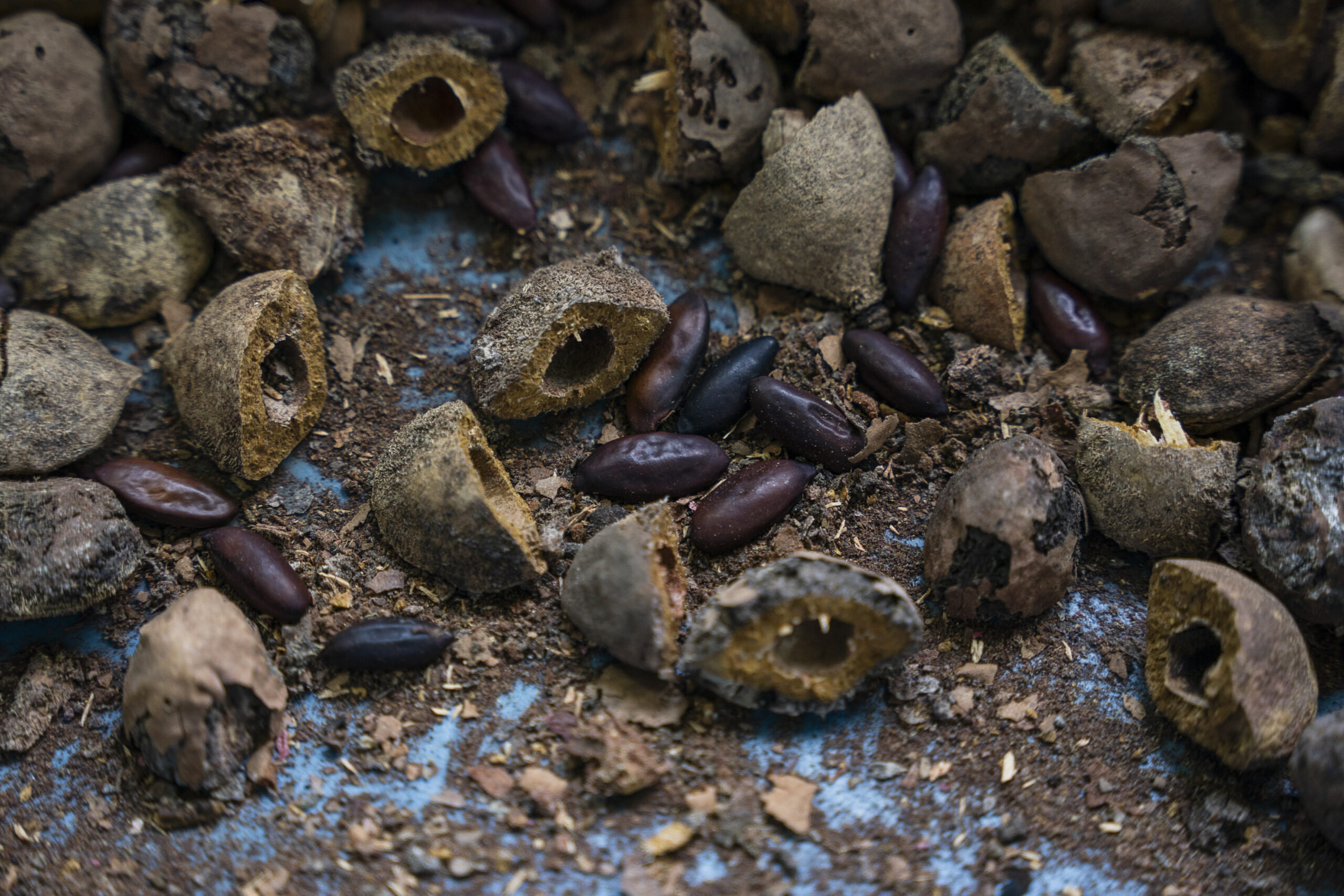
Baru – a nut with a big impact
In the heart of the Brazilian Cerrado, local families harvest the wild baru nut – one of the world’s most nutritious nuts. But the baru nut is much more than a delicacy. It holds great potential to secure income, biodiversity and sustainable land use in one of the world’s most threatened ecosystems.
In the Brazilian Cerrado, local families harvest baru nuts (Dipteryx alata Vogel) – one of the world’s most nutritious nuts. Its nuts are not only a delicacy, but also a key to a more sustainable future. The nuts grow on the baru tree, which grows naturally in the Cerrado biome. Here, the tree plays a crucial role in preventing soil erosion and maintaining the water cycle.
At the same time, the baru nut is one of the world’s most nutritious nuts. They contain up to three times as many antioxidants as other nuts, are high in fiber, and are packed with a range of minerals and vitamins, including magnesium and vitamin E.
Since the beginning of the year, Forests of the World has been supporting efforts to expand the harvest of Baru nuts in the Cerrado region of Brazil. Because the trees grow in abundance around the Cerrado naturally, there is great potential in giving more local farmers the opportunity to harvest the nut. This could not only provide additional income for farmers, but also promote more sustainable resource management by reducing the risk of the areas being converted to monocultural agriculture.
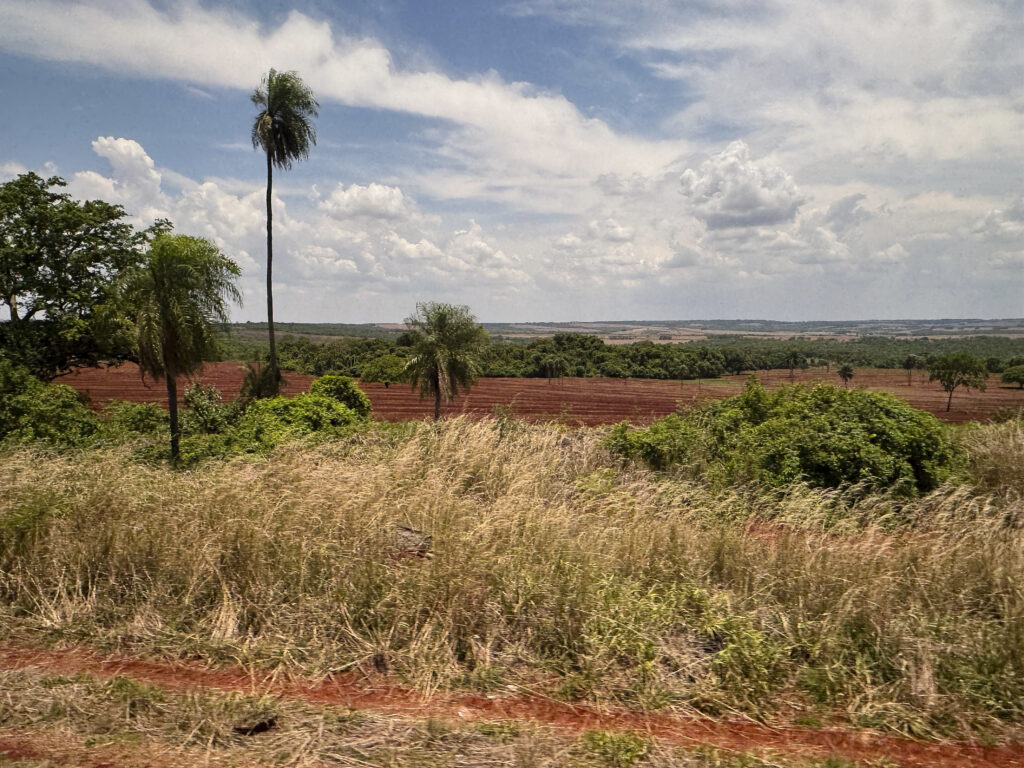
The Cerrado – an overlooked spot for biodiversity
The Cerrado is a large tropical savannah that stretches southeast of the Amazon, covering about 20% of Brazil’s total area. In contrast to the lush rainforest, the Cerrado’s landscape is characterized by drought-resistant trees, shrubs and open grasslands. Despite its arid appearance, the area is one of the world’s most species-rich savannahs. The Cerrado is home to thousands of animal and plant species, almost half of which are found nowhere else on Earth.
A cooperative with roots in the Cerrado
In the Brazilian state of Mato Grosso, in the Andalucia region, the local cooperative CEPPEC operates. One of the most successful production chains in the biome, CEPPEC specializes in the collection and processing of Brazil nuts, while the cooperative has a strong focus on environmental protection and social justice.
With support from Forests of the World, the supply chain will be strengthened so that more people can benefit from the production. The goal is that the baron nuts harvested by CEPPEC will reach the Danish market in 2025 through a collaboration with the Danish nut producer Nøddebazaren. Nøddebazaren sells responsibly produced nuts and dry fruits, and their primary focus is on promoting responsible cultivation of the land by working with regenerative producers.
Meet the people behind the cooperative
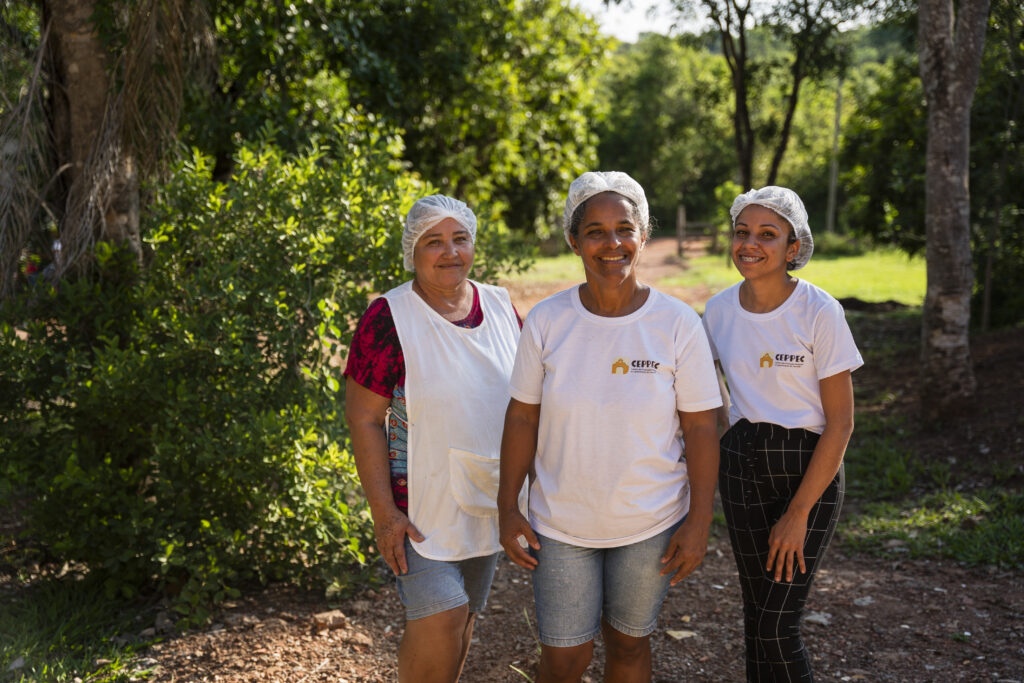
Rosana Claudina Sampaio
Rosana (center) lives in the community of Andalucía in central Brazil. She runs a small-scale family farm with her daughter (right) and others, where they harvest wild fruits. Rosana is president of CEPPEC and plays a key role in promoting sustainable development and local cooperation.
Cícero Marciano da Silva
Cícero lives in the community of Boa Esperança in central Brazil. He is a small-scale producer and collector of wild fruits. As part of the baru fruit cooperative, Cícero works to create local value and protect the nature and resources of the Cerrado.
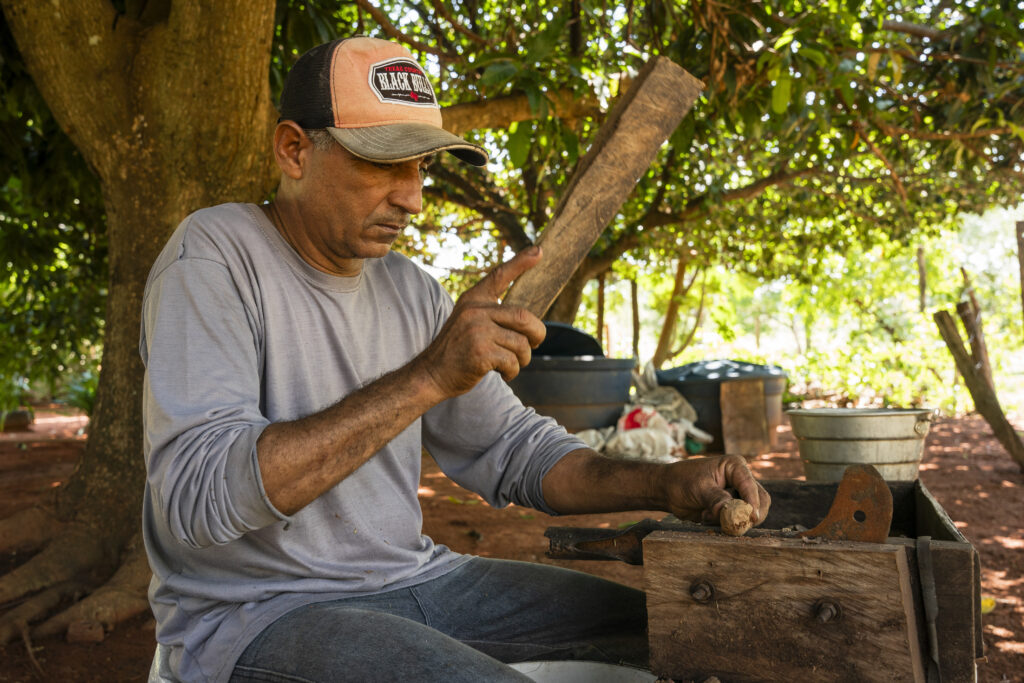
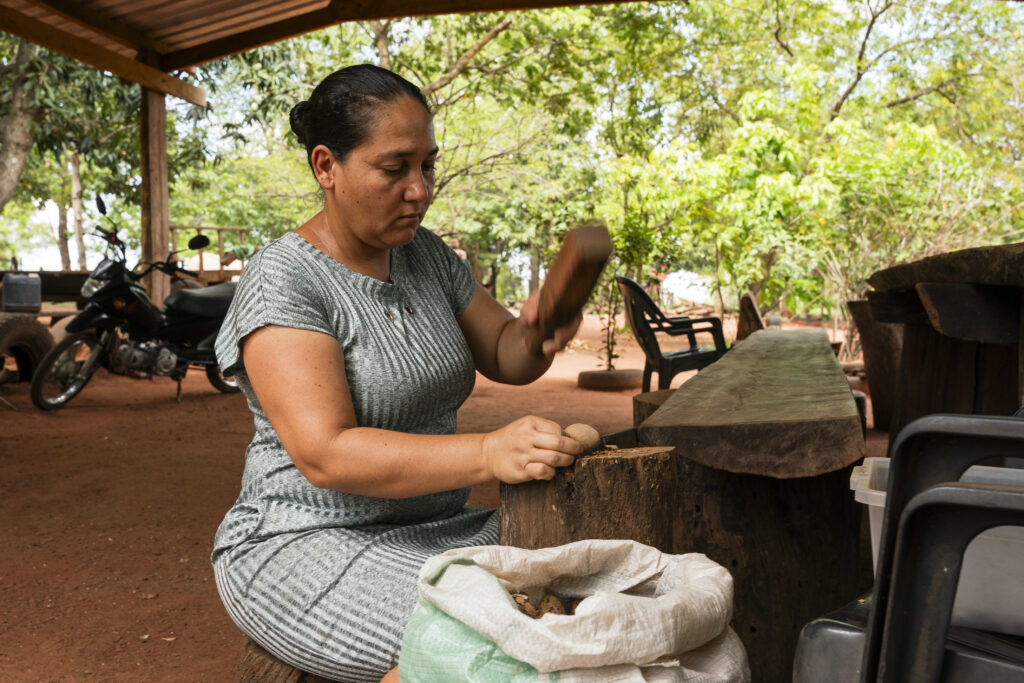
Eliane do Nascimento Sanches
Eliane lives in the community of Andalucía in Nioaque in the Cerrado region. She is a small-scale producer and is active in the local baru fruit value chain. Through her work, Eliane contributes to strengthening both the local community and the sustainable use of the Cerrado’s natural resources.
Altair de Souza
Altair lives in the community of Andalucía in Nioaque in the Cerrado region. He is a small-scale farmer, wild fruit collector and an active driving force in CEPPEC. Altair works closely with the cooperative to promote sustainable agriculture and protect the natural and cultural heritage of the area.
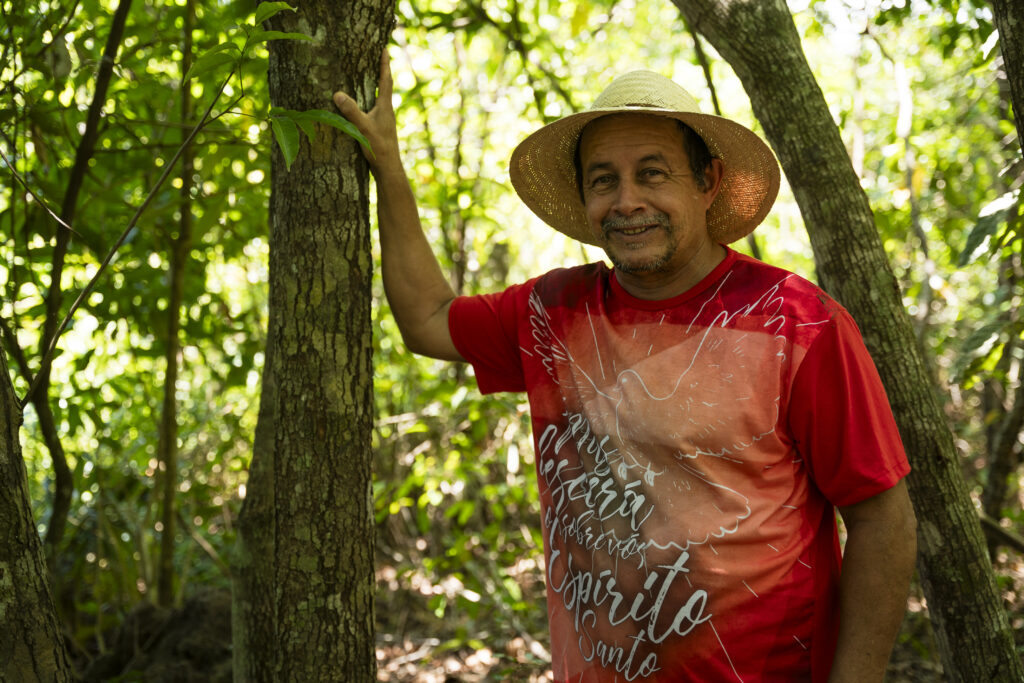

When you support the work of Forests of the World, you also support Brazil
Your support helps the people who live in and from the forests, curbs CO2 emissions from deforestation and not least gives a hand to the thousands of animal and plant species in the forests that we want to protect.
With your support, you help defend the tropical forests of Latin America and Africa, while also supporting our work for more wild Danish forest nature.

